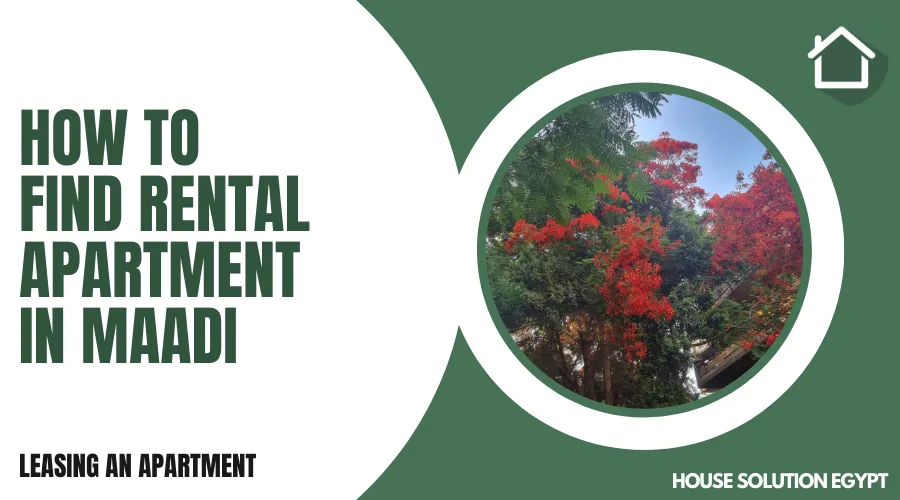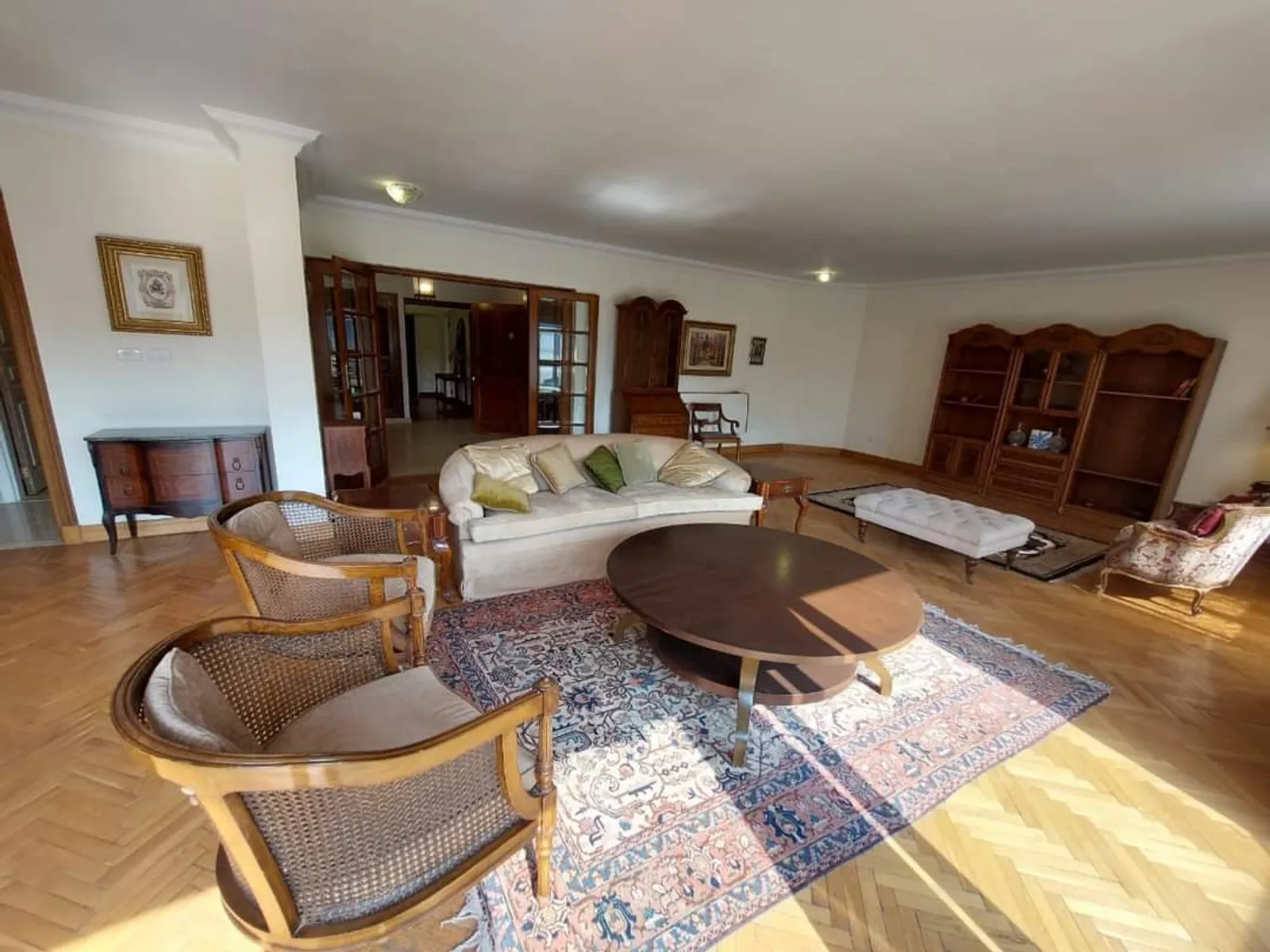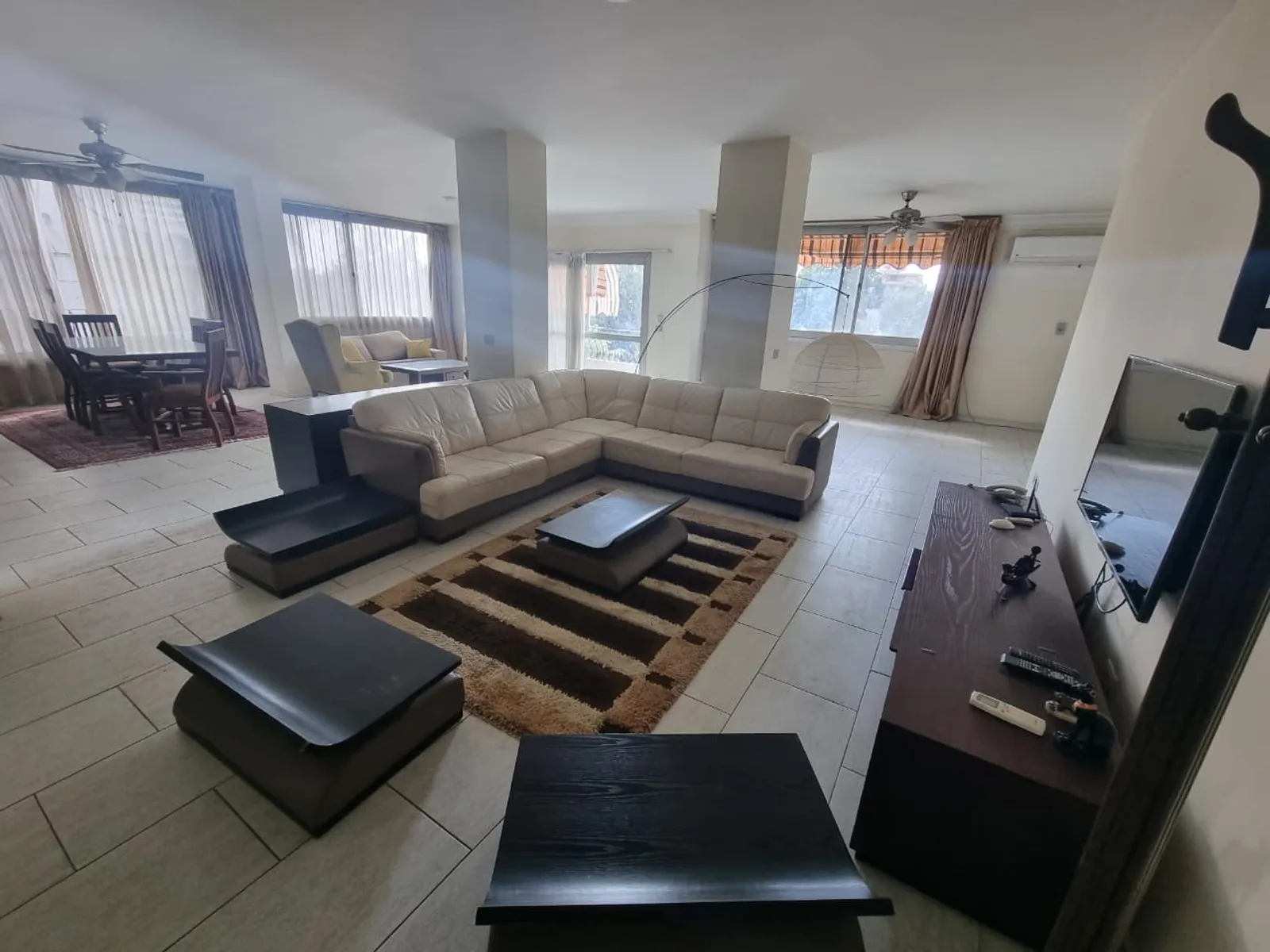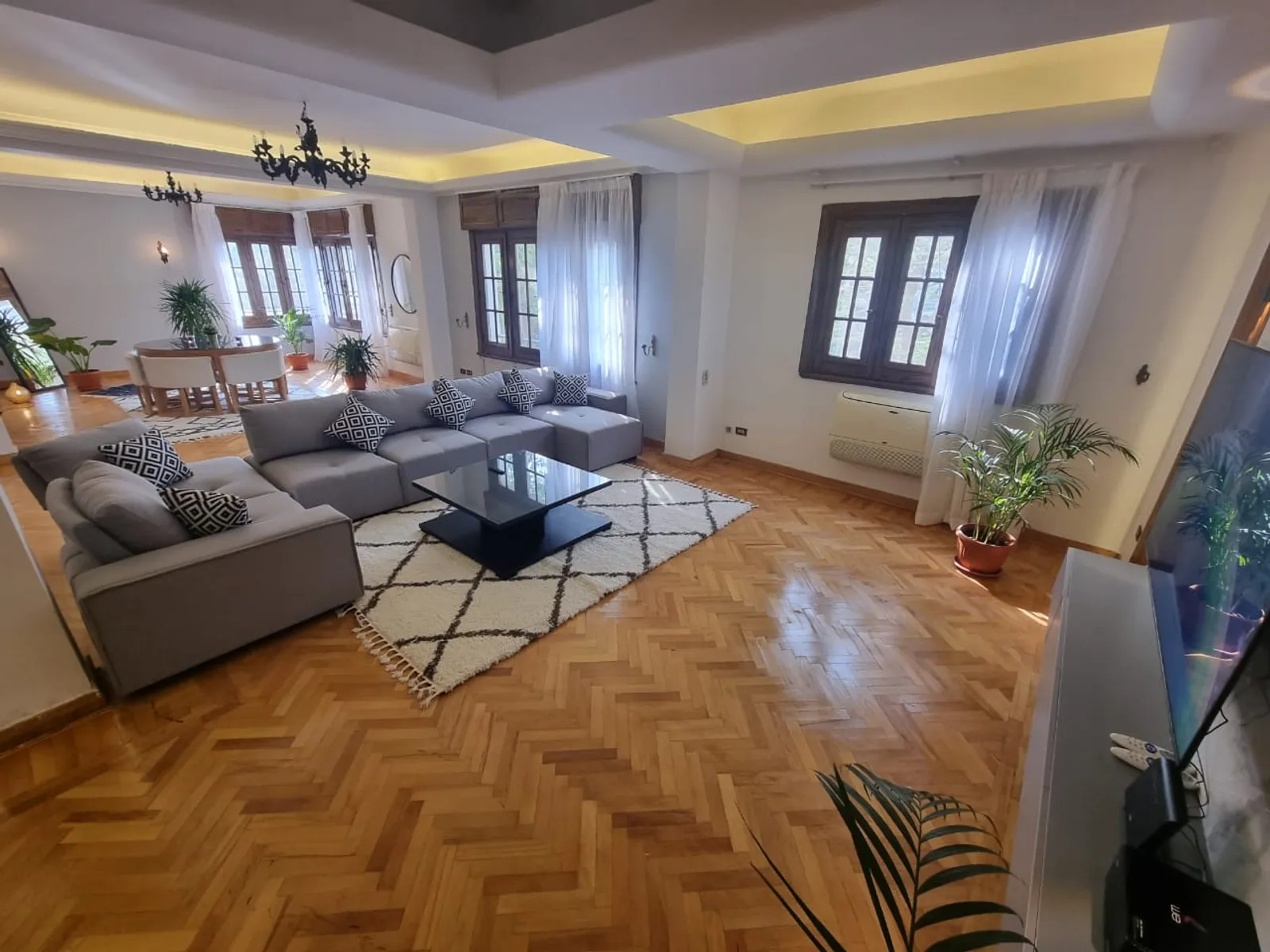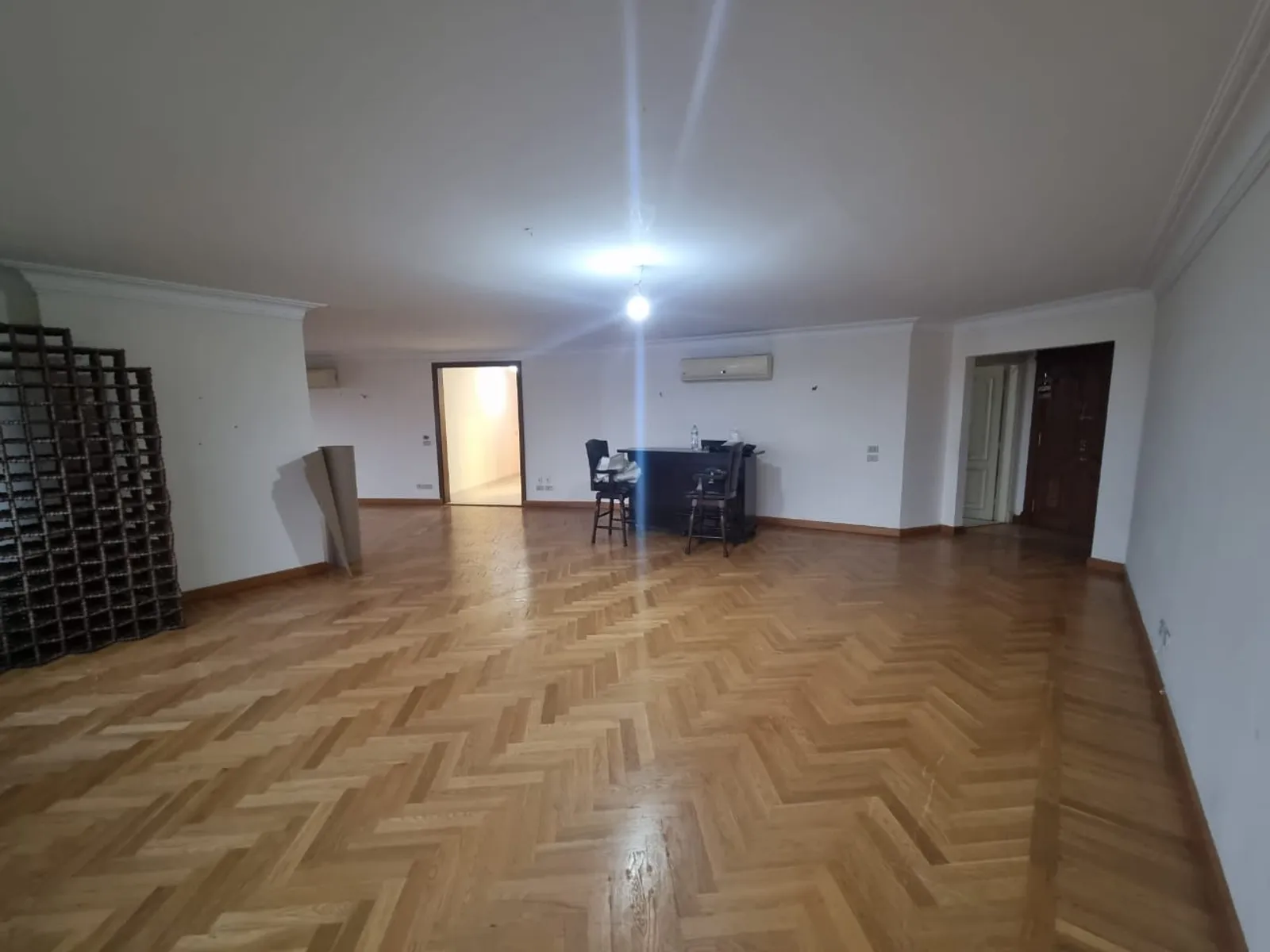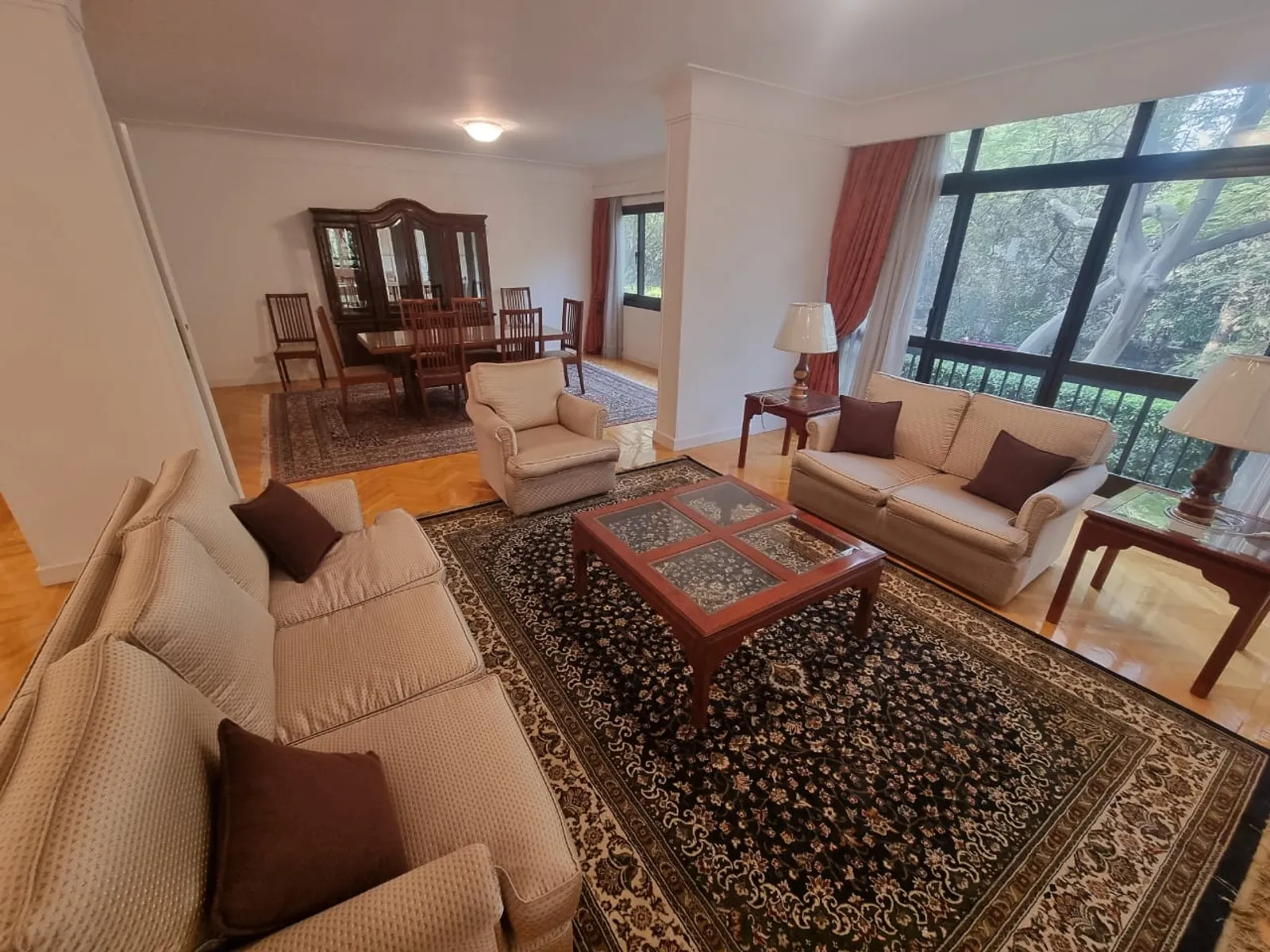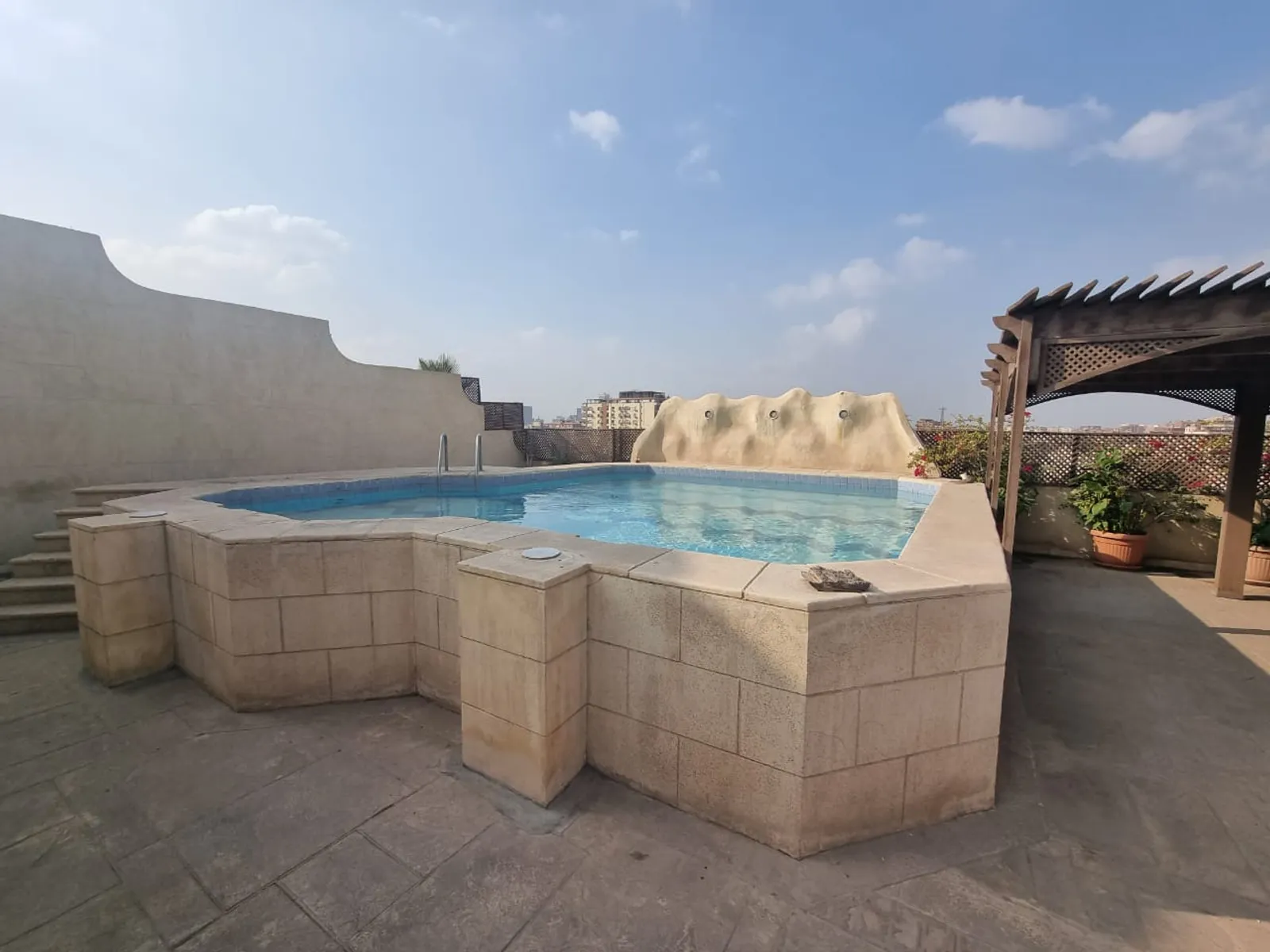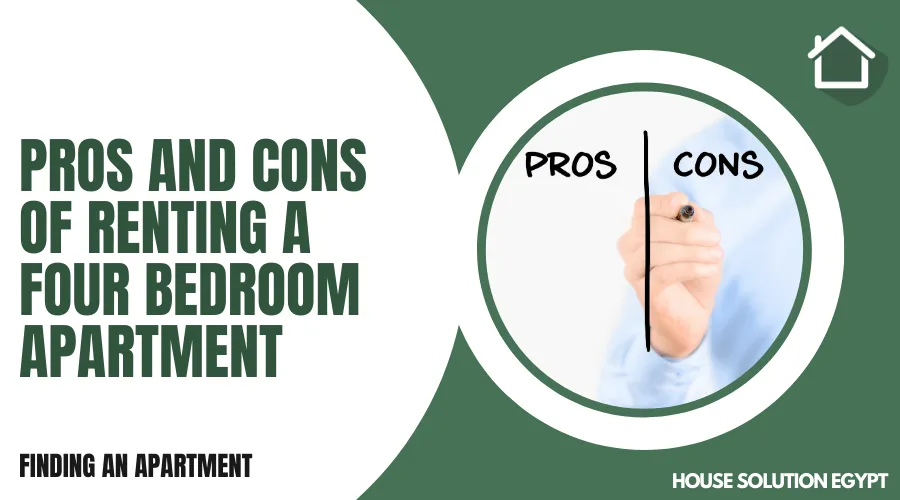HOW APARTMENT SIZES HAVE CHANGED IN EGYPT OVER THE PAST 50 YEARS
Renting an Apartment|7.2 MIN READ|Updated on: 22 April 2024|Written by: Marwa Samir
Over the past 50 years, the average size of apartments in Egypt has significantly decreased. In the 1970s and 80s, it was common for families to live in spacious apartments that consisted of three or four bedrooms, a large living area, and multiple bathrooms. However, today's apartments are much smaller with one or two bedrooms and a small living area.
This trend is largely due to an increase in population density and a lack of affordable housing options. As more people move into urban areas, developers have had to build vertically rather than horizontally to accommodate everyone. Additionally, land prices have skyrocketed over time making it difficult for developers to build larger units without raising prices beyond what most people can afford.
Despite these changes in apartment size, many Egyptians continue to prioritize location over space when searching for a new home. Living close to work or school is often more important than having extra square footage. As such, developers have focused on building high-rise buildings near major transportation hubs as well as developing mixed-use communities that offer both residential and commercial spaces within walking distance.
Apartment Sizes in Egypt
The past five decades have seen a dramatic shift in the average apartment size in Egypt. With the country's population growing rapidly over the years, the demand for housing has increased significantly. As a result, developers have built smaller apartments to accommodate more people while keeping prices affordable. Additionally, urbanization has led to more people moving into cities where space is limited, forcing developers to build smaller units that can fit into available land.
This trend towards smaller apartment sizes has also been driven by changing household structures. With fewer extended families living together and more single-person households emerging in recent years, there is less need for larger homes. Overall, while some may argue that shrinking apartment sizes reflect declining standards of living in Egypt’s housing market and pose challenges for residents in terms of storage and privacy concerns; others argue that they’re necessary given rapid population growth and scarce resources like land availability.
The 1950s: Size and Cost
In the 1950s, apartments in Egypt were larger but also more expensive. The average size of an apartment was around 120 square meters, often with spacious balconies and multiple rooms. However, these larger spaces came at a cost that most Egyptians could not afford. Rent rates were much higher compared to today's standards and were only accessible to the wealthy upper class.
As time passed, developers began constructing smaller apartments in order to cater to a wider demographic. Nowadays, the average apartment size is around 90 square meters with fewer rooms but at a more affordable price point for middle-class families. This shift has allowed for greater accessibility and affordability of housing options for Egyptians across different income levels.
Overall, while apartment sizes may have decreased over the past few decades in Egypt, it has come with significant benefits such as increased affordability and accessibility for those who previously would not have been able to afford to live in urban areas.
The 1970s: Shift in Demand
The 1970s brought a significant shift in demand for apartment sizes in Egypt. This decade saw the rise of nuclear families and a decrease in extended family living arrangements, leading to an increased need for smaller apartment units. This change in demand was also influenced by urbanization and the growth of cities, which led to higher land prices and a need for more compact living spaces.
As a result, developers began to focus on building smaller apartments that were affordable for young families and professionals. Studio apartments and one-bedroom units became more popular, with some two-bedroom apartments also being built but at a much smaller size than before. Developers also started incorporating space-saving features like built-in storage solutions and multipurpose furniture into their designs to make the most out of limited space.
Today, this trend continues with even smaller micro-apartments becoming more prevalent as urbanization continues to grow in Egypt. Despite the decrease in size, these apartments are designed to be functional and efficient while still providing residents with all the necessary amenities they need for comfortable living.
The 1980s: Regulations and Increase
In the 1980s, regulations and building codes were put in place to address issues of overcrowding and poor housing conditions. These regulations mandated minimum apartment sizes and required developers to provide basic amenities such as water and electricity. As a result, there was an increase in the size of apartments being built in Egypt.
The implementation of these regulations also led to an increase in construction costs, which meant that only a certain segment of the population could afford these newly-built apartments. This led to a disparity between those who could afford adequate housing and those who couldn't.
Despite these efforts, overcrowding remains a problem in many parts of Egypt today. The population has grown significantly over the past few decades, putting pressure on available housing resources. This has led to informal settlements popping up around major cities, where living conditions are often subpar due to a lack of infrastructure and basic services.
The 1990s: Modernization of Buildings
In Egypt, the 1990s saw a massive modernization of buildings, including apartment complexes. This was largely due to the increased demand for housing as urbanization became more prevalent. One significant change during this era was the shift towards smaller apartments with more efficient use of space.
Prior to the 1990s, it was common for Egyptian apartment units to be quite spacious and often included multiple bedrooms and bathrooms. However, as land became scarcer and more expensive in urban areas, developers began constructing smaller units that could accommodate more people per building. This trend has continued into present-day Egypt where most new apartments tend to be relatively small.
Despite these changes, some Egyptians still prefer larger apartments with more amenities such as balconies or extra storage space. Additionally, there are concerns about overcrowding in smaller units and its impact on quality of life. Nonetheless, with a growing population and limited resources, it's likely that compact living spaces will continue to be an important part of Egypt's housing landscape in the years ahead.
The 2000s: Increase of Luxury Apartments
In the 2000s, Egypt saw a significant increase in the construction of luxury apartments. These apartments were aimed at a wealthy clientele who wanted larger living spaces and more amenities. This trend was driven by rising incomes among high-income earners, as well as an influx of foreign investment into the country's real estate market.
As a result, apartment sizes also began to increase in the 2000s. Luxury apartments often featured larger square footage than their more modest counterparts, with spacious living areas and multiple bedrooms. Additionally, these apartments typically came equipped with high-end finishes and modern appliances.
However, this trend toward luxury did not come without its drawbacks. The rise of luxury developments often meant that less attention was given to affordable housing options for low- and middle-income families. As such, the issue of housing inequality became increasingly pronounced during this time period.
Impact on Economy
The changing sizes of apartments in Egypt over the past 50 years have had significant impacts on the country's economy. With a growing population, smaller apartment sizes have become increasingly common in urban areas. This shift towards smaller living spaces has allowed for more efficient use of land and more affordable housing options for lower-income families.
However, this trend has also had negative effects on the economy. Smaller apartments mean less space for furniture and appliances, resulting in decreased demand for these products. Additionally, smaller apartments require less energy to heat and cool, leading to decreased electricity usage and revenue for utility companies.
Overall, while the shift towards smaller apartment sizes may offer some benefits for affordability and land use efficiency, it is important to consider its potential impacts on other sectors of the economy as well.
Conclusion
In conclusion, the changes in apartment sizes in Egypt over the past 50 years have been significant. The trend towards smaller apartments is a result of population growth and urbanization. However, this shift has also resulted in overcrowding and reduced quality of life for many residents.
Despite these challenges, there are some positive developments on the horizon. For example, many new housing projects are being built with a focus on sustainable design and energy efficiency. Additionally, there is a growing movement to promote public spaces and communal living in urban areas.
Overall, it is clear that apartment sizes will continue to play a key role in shaping Egypt's urban landscape for years to come. As such, it is important for policymakers and developers to consider the needs of residents when making decisions about housing design and planning. By doing so, we can create vibrant communities that improve people's lives and contribute to the long-term sustainability of our cities.


